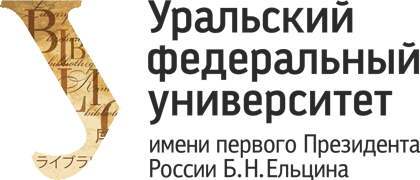“Grammar Teaching” and Models of Church Education in the 1720s
DOI:
https://doi.org/10.15826/qr.2019.2.388Keywords:
model of education; Feodosy (Yanovsky); M. Smotritsky’s grammar; literacy; Old Church Slavonic; Russian language; cursive writingAbstract
In the early eighteenth century, the main model of literacy training in Russia was the universal “traditional” model based on the Alphabet Book, the Psalter, and the Book of Hours. The Petrine reforms established a new educational model for the clergy, i. e. the so-called “Latin model”. It was described in the Ecclesiastic Regulation and enjoyed state support; by the 1730s, it had become widespread in seminaries, replacing the traditional model. This paper considers grammar training, a model of education associated with Feodosy (Yanovsky), archbishop of Novgorod. This method implied teaching Old Church Slavonic through learning grammar. A Synodal decree on teaching children in episcopal schools (May 31, 1722) proposed this model as an alternative to the other two. Some documents testify to an attempt to introduce this model in the schools of Yanovsky’s diocese. The article considers materials on the certification of teachers who taught children in the capital (1722–1723) and other decrees and reports made by Feodosy: these make it possible to connect his activity with the decree of the Synod. The materials considered by the author provide information on literacy training among children of different classes. Irodion Tikhonov, who taught in the Alexander Nevsky School, was a representative of the new approach and certified teachers; his reports and the teachers’ notes demonstrate that the conflict between the grammar and traditional methods of learning should be considered, among other things, as a conflict of two types of spelling: the grammar method (which was necessary to teach the correct spelling used in printed Church Slavonic texts) was mechanically applied to all types of texts written in cursive writing.










